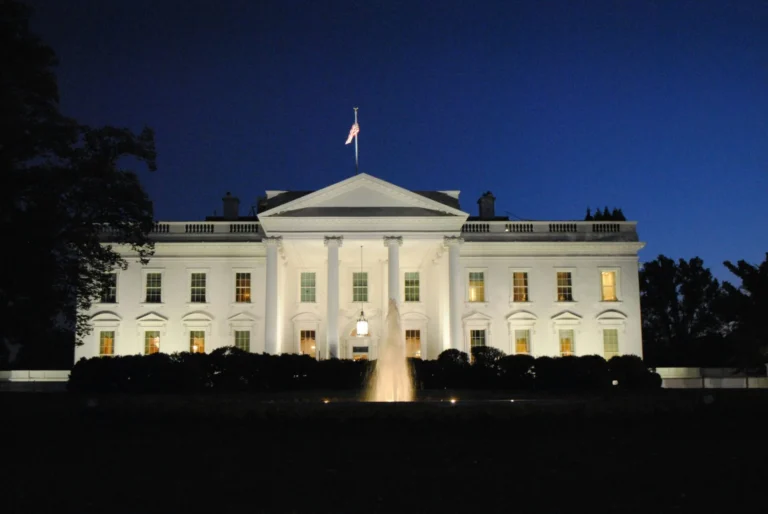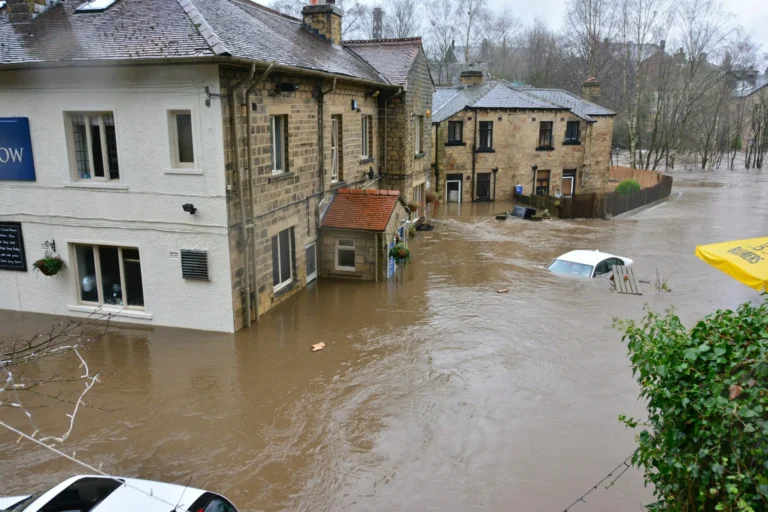By Cliff Montgomery – Apr. 6th, 2013
A Department of land Security (DHS) document released in January provided a laundry list of actions performed by citizens and others which local communities should consider ‘suspicious activities’ – or at least actions considered ‘suspicious’ this season.
Of course, those who appear to engage in any of the activities on the list are to be reported to federal authorities at once. And as one might also expect, some of the ‘suspicious activities’ on the list may seem to have more to do with acts of protest or expressions of individuality than acts of potential danger.
Even DHS seems to see the possible problems in providing such lists to local authorities – the document advises that “this information should not be collected solely on First Amendment protected activities or on the basis of any racial, ethnic, religious, or other profile.”
Regardless, this little statement identifies “topics of interest” for DHS Intelligence and Analysis (DHS/I&A) officials during the Winter 2013 period. The document is intended to aid “law enforcement, first responders, and other homeland security professionals” in reporting those actions the federal government currently considers ‘suspicious activities’.
DHS/I&A reminds community officials that topics discussed in previous statements “remain relevant,” and adds that reports on those matters should still be sent to federal authorities as well.
The American Spark provides the text of the short DHS statement below:
Winter 2013: DHS/I&A Analyst Suspicious Activity Reporting (SAR) Topics of Interest
“DHS/I&A is interested in the following SAR topics, which have been updated based on current issues of national interest. Previous topics remain relevant, and law enforcement, first responders, and other homeland security professionals should continue to submit reports on these issues. Per the SAR Functional Standard, only information validated as reasonably indicative of pre-operational planning related to terrorism should be reported as a SAR. I&A is reviewing SAR reports on these topics but would welcome any additional context, ideas or local analysis on these topics and opportunities for joint production. We will discuss key findings and assessments during scheduled HS-SLIC Weekly threat briefs.
“Reports of threats to religious or cultural facilities. Reports of surveillance, verbal or telephonic threats of violence, trespassing, property damage, including vandalism or arson, or tests of security at religious or cultural facilities.
“Reports of suspicious activities or incidents associated with state, local, tribal, territorial, or private sector computer networks and Web sites. Reports of Denial of Service (DoS) attacks against Web sites, Web page defacement, physical entry resulting in unauthorized access to computer networks or hardware, suspicious e- mails that install malware on the network, data exfiltration, or other unusual network access or activity, where there are indicators that the cyber incident is reasonably indicative of links to terrorism.
“Reports of suspicious activities or incidents associated with mass gatherings, and special events. Reporting on observed casing activities, breaches or attempted intrusions at event locations or related venues, suspicious inquiries about security protocols for events or VIPs, testing of security, expressed or implied threats to specific events, incidents of suspicious acquisition of explosive precursor materials, or findings of caches or unusual amounts of weapons or explosives.
“Reports of suspicious activities, queries, theft, sabotage, tampering, or vandalism within the transportation sector—including mass transit, aviation, maritime, ground and surface, rail, and pipeline systems. Reporting on attempts to elicit information such as unusual questions about routes, capacities, peak travel time, training, and security, suspicious behavior by passengers or employees, testing of security, and expressed or implied threats by individuals or groups towards this sector. Reporting on the theft, loss, or diversion of personnel identification or credentials, uniforms, equipment, or training materials. Reporting on sabotage or loss of knowledge-based materials for maintenance of fleet.
“Reports of efforts to artfully conceal improvised explosive devices in innocuous items, such as satchels, backpacks, suitcases, jars, bottles, cans, shoes, clothing, parcels, or toys. Reporting on potential security probes by individuals trying to enter secure areas with devices that resemble explosive devices. Reporting on unsolicited or unusual parcels delivered from unfamiliar overseas addresses, noting the identification of the sender and recipient and whether the recipient has reported multiple suspicious parcels in recent weeks or months. Reporting on the use of special materials, such as lead or other dense metals or liquids, to prevent the discovery of illicit goods by technical detection equipment, such as x-ray radiography equipment or chemical detectors.
“Note: In the course of official activities, and to the extent permitted by law, police, fire, EMS, and security personnel are encouraged to report activities of a suspicious nature – however, this information should not be collected solely on First Amendment protected activities or on the basis of any racial, ethnic, religious, or other profile.”
Our copy of this document was obtained from the news source Public Intelligence, “an international, collaborative research project aimed at aggregating the collective work of independent researchers around the globe who wish to defend the public’s right to access information,” according to its mission statement.





